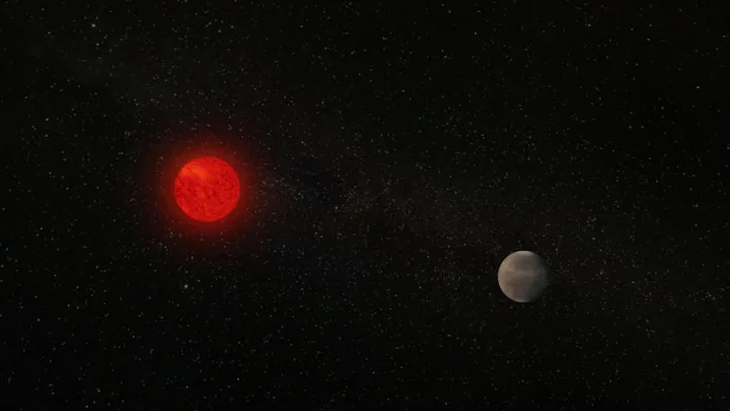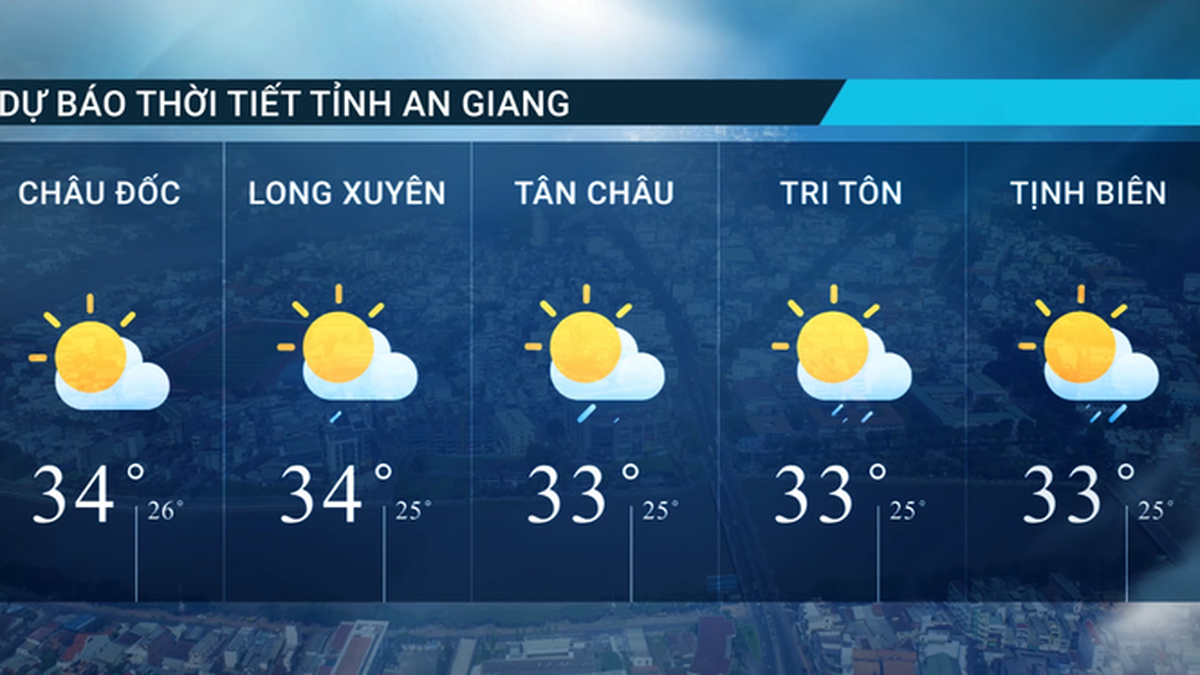
Planet TOI-1846 b is twice the size and four times the mass of Earth - Photo: newsbytesapp.com
An international team of scientists has just discovered an extrasolar planet, classified as a "super-Earth", orbiting the red dwarf star TOI-1846 about 154 light years away.
According to a new announcement posted on the arXiv archive, this planet, named TOI-1846 b, is twice the size and more than four times the mass of Earth.
TOI-1846 b was identified using data from NASA's Transiting Exoplanet Survey Satellite (TESS), combined with additional ground-based observations. TESS, launched in 2018, searches for planets using the "transit" method — when a planet passes across the face of its star, slightly dimming its brightness.
To date, TESS has detected more than 7,600 exoplanet candidates, of which 636 have been confirmed.
After detecting the transit signal around TOI-1846, the research team led by Mr. Abderahmane Soubkiou at Oukaimeden Observatory (Morocco) conducted multi-color optical measurements and spectroscopic observations to confirm that this is a real planet.
According to the analysis, TOI-1846 b has a radius about 1.79 times that of Earth, a mass 4.4 times that of Earth, and an average density of 4.2 g/cm³ - suggesting it contains a lot of water or light materials.
The planet orbits very close to its parent star, just 0.036 astronomical units (AU), or about 5.4 million kilometers, and completes one orbit in less than four Earth days. Its surface temperature is estimated to be 568 degrees Kelvin (about 295 degrees Celsius).
Notably, TOI-1846 b lies in the “radius gap”—the sparse size range that separates rocky super-Earths from atmospheric sub-Neptunes. This transition zone typically ranges around 1.8 Earth radii, and the existence of TOI-1846 b could help scientists better understand how planets form and evolve.
The researchers recommend further measurements of the planet’s radial velocity to determine its detailed composition, which is expected to be done with the MAROON-X instrument. They also say the planet’s Atmospheric Spectroscopic Meteorology (TSM) score is 47, below the threshold of around 90 that is typically used to prioritize detailed atmospheric survey targets.
The host star TOI-1846 is a tiny red dwarf, just 0.4 times the size of the Sun and with a mass of approximately 42% that of the Sun. The star's surface temperature is about 3,568 degrees Kelvin (3,295 degrees Celsius) and its age is estimated to be about 7.2 billion years old - much older than our Sun.
This new discovery not only expands the list of super-Earths near the Solar System, but also helps clarify mysterious gaps in the planetary size distribution, while providing opportunities to study the composition and climate of distant worlds .
Source: https://tuoitre.vn/phat-hien-sieu-trai-dat-moi-gan-he-mat-troi-20250703090451979.htm


































































































Comment (0)